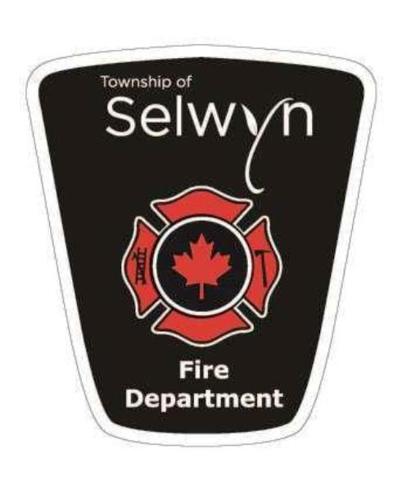If you are considering becoming part of our dynamic team as a Volunteer Firefighter, the first step is to submit an application form. Being a Volunteer Firefighter can be a very rewarding experience and at the same time, contribute to the safety of the whole community.
Applicants are required to live in the community or within close proximity to either of the fire halls and be a minimum of eighteen years old.
For more information regarding joining our team, contact the Selwyn Fire Department at 705-292-7282.

